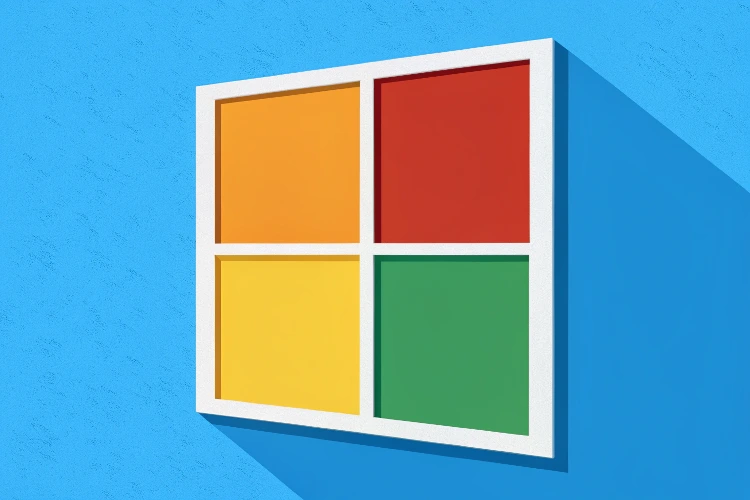Microsoft Debuts Windows 12 with Modular Desktop Layout

In a landmark upgrade to its flagship operating system, Microsoft has officially unveiled Windows 12, introducing a sleek modular desktop layout aimed at redefining productivity, customization, and AI integration across devices. The announcement marks the most significant UI transformation since Windows 10, signaling Microsoft’s intent to modernize the desktop for hybrid work and next-gen computing environments.
A New Paradigm: The Modular Desktop
At the core of Windows 12 is the Modular Desktop Interface (MDI)—a dynamic layout system that lets users configure resizable, tile-based modules for widgets, apps, and workflows. Unlike static desktop icons or traditional taskbars, users can now drag, snap, layer, and group components into interactive zones—optimizing space for both multitasking and visual hierarchy.
Modules can include:
-
Real-time AI assistant panels (powered by Copilot)
-
Live productivity widgets (calendar, to-do, emails)
-
Integrated app dashboards (Microsoft 365, Teams, Edge)
-
Developer consoles, design tools, and third-party applets
This system offers a fluid, workspace-like experience that scales intuitively from touchscreens to ultrawide monitors and foldable displays.
AI at the Forefront: Copilot Deep Integration
Windows 12 takes Microsoft’s Copilot AI to the next level, embedding it across the OS to act as a system-wide contextual assistant. From summarizing documents and generating code to automating tasks and managing system settings, Copilot is now accessible as a persistent side module, deeply integrated into File Explorer, Office apps, and even Settings.
Users can interact via voice, text, or gesture—making it a true digital co-pilot for everyday computing.
Under-the-Hood Enhancements
The Windows 12 kernel has been re-architected for performance, security, and modularity, allowing users to disable or update system components without full OS reinstalls. Key upgrades include:
-
Faster boot times with intelligent resource preloading
-
Edge-native sandboxing for secure web-based apps
-
Improved virtualization support for dev environments and container workflows
-
Dynamic theme engine with system-wide dark/light mode blending and per-module customization
Additionally, Windows 12 supports native ARM64 optimization and improved battery performance for mobile devices, aligning with Microsoft’s push toward Surface and third-party ARM laptops.
Developer Tools and Enterprise Focus
For developers, Microsoft is releasing an updated Windows App SDK, enabling native support for modular layout containers, AI APIs, and cross-device experiences. Enterprises benefit from enhanced remote desktop streaming, zero-trust security layers, and centralized control over layout templates—allowing IT teams to deliver tailored digital workspaces to distributed teams.
Windows 12 also introduces “Workspace Profiles”, allowing users to instantly switch between pre-set desktop configurations—ideal for multitasking professionals, students, and creators.
